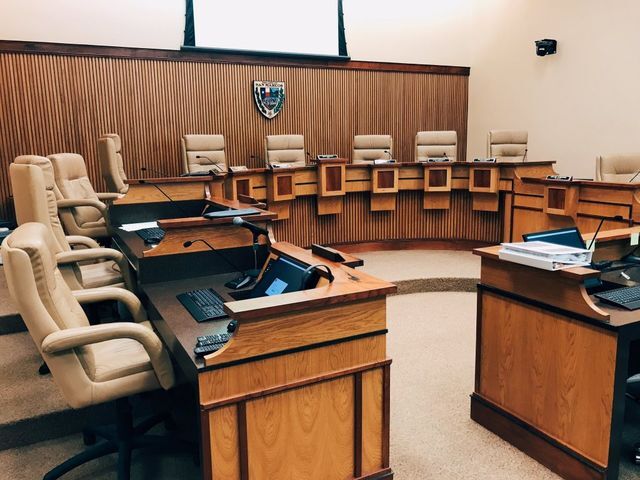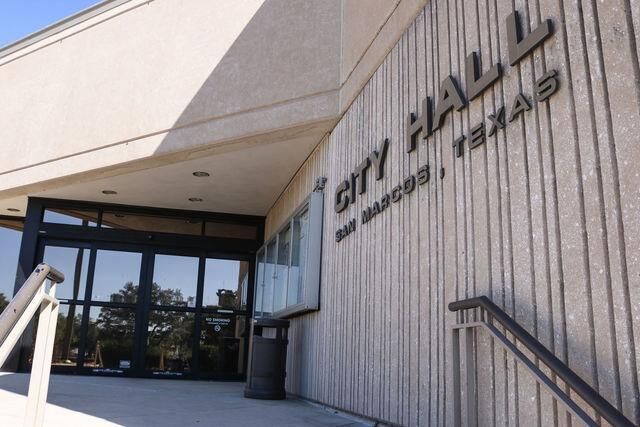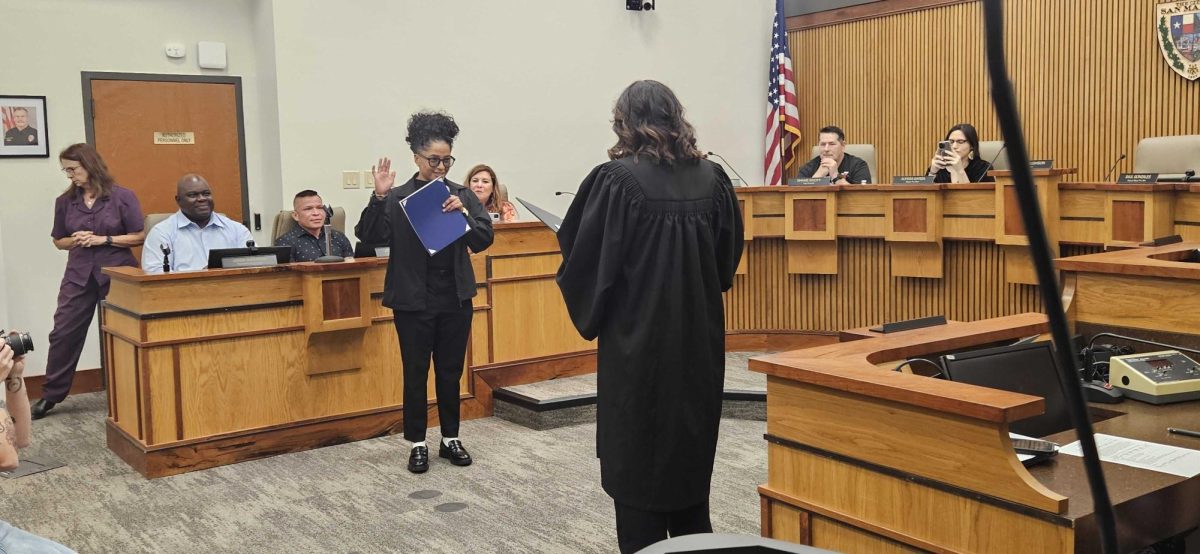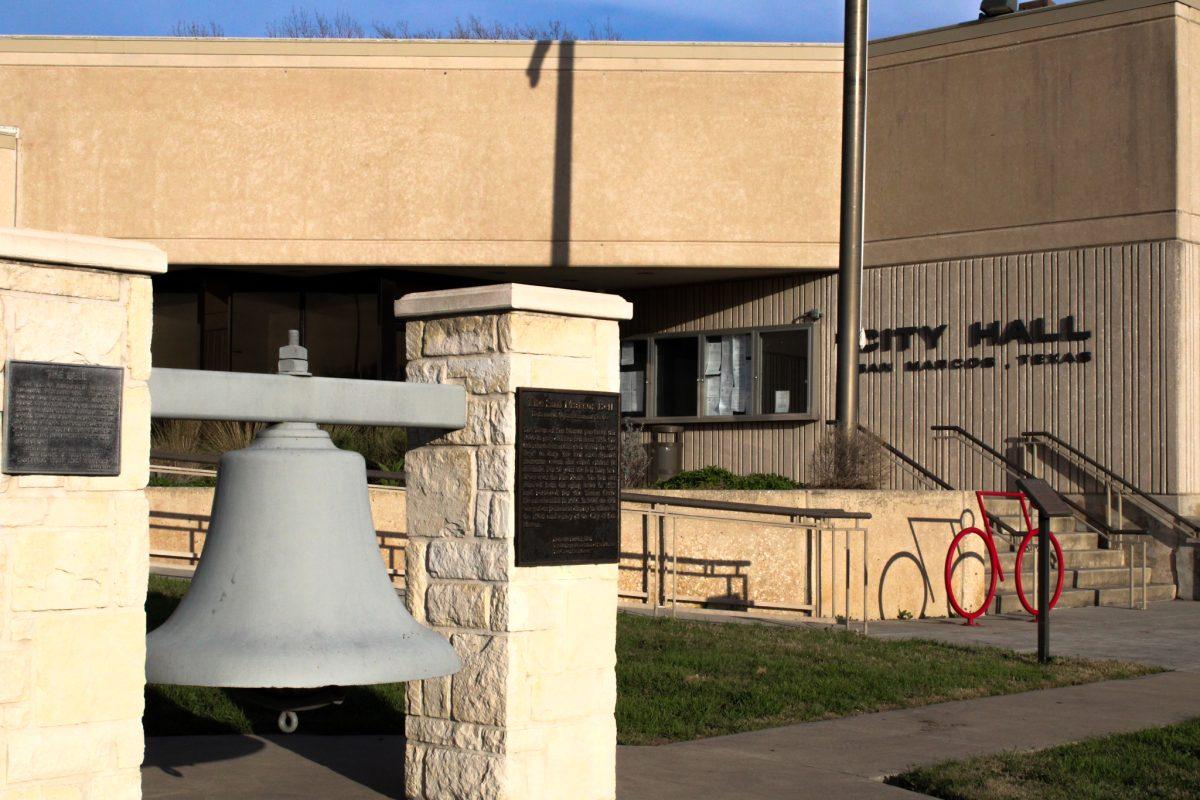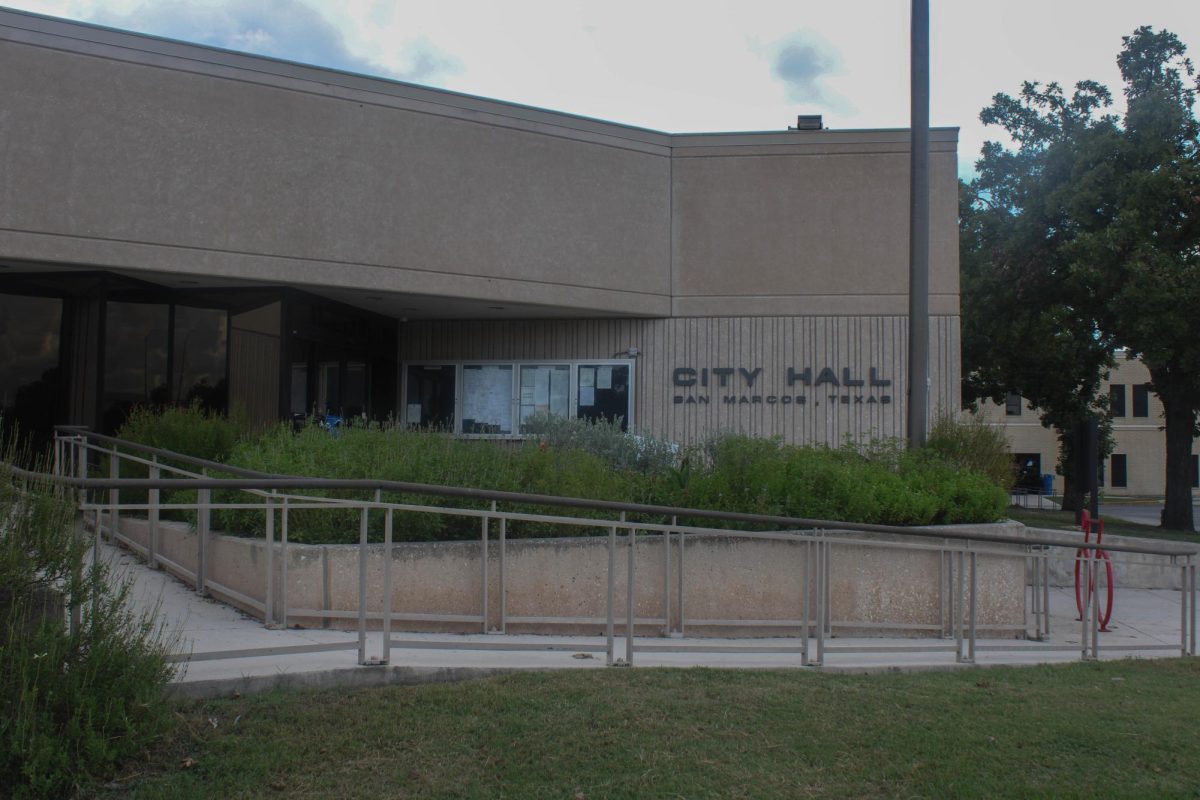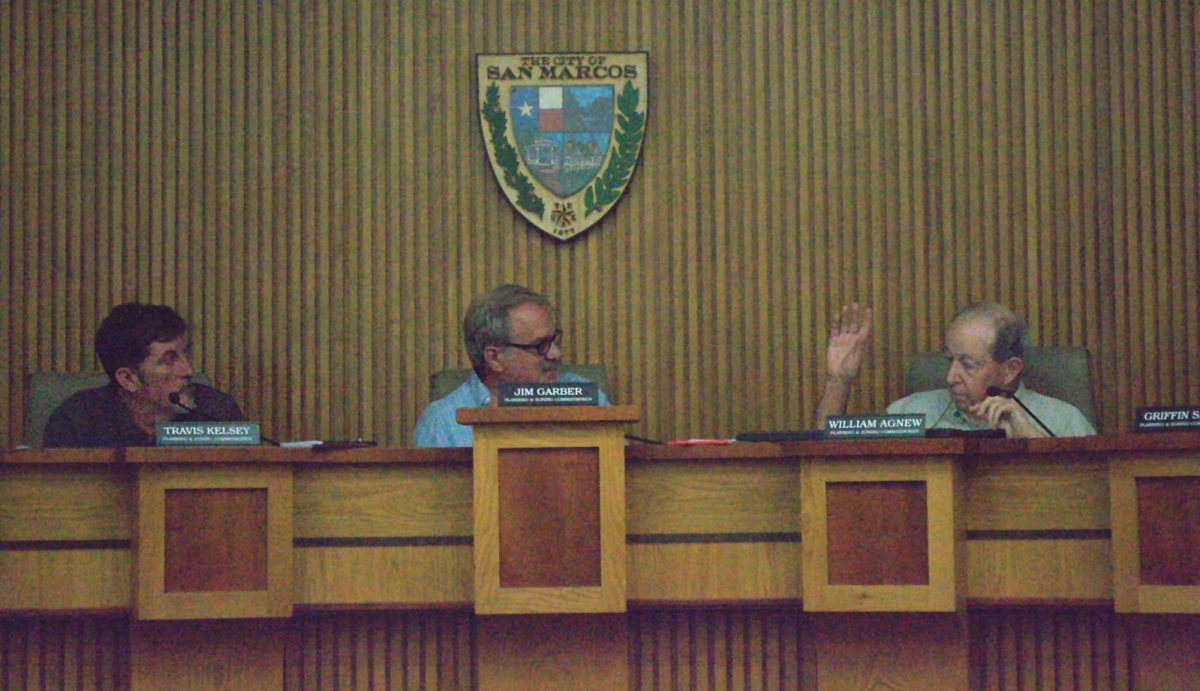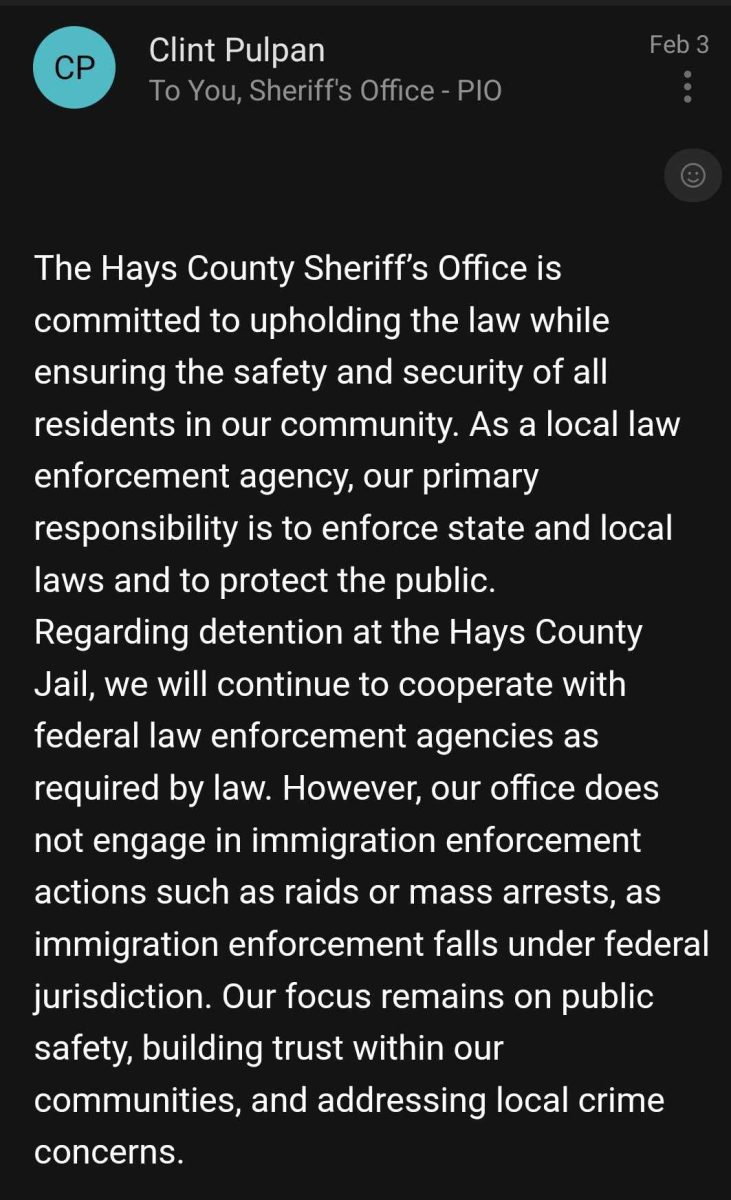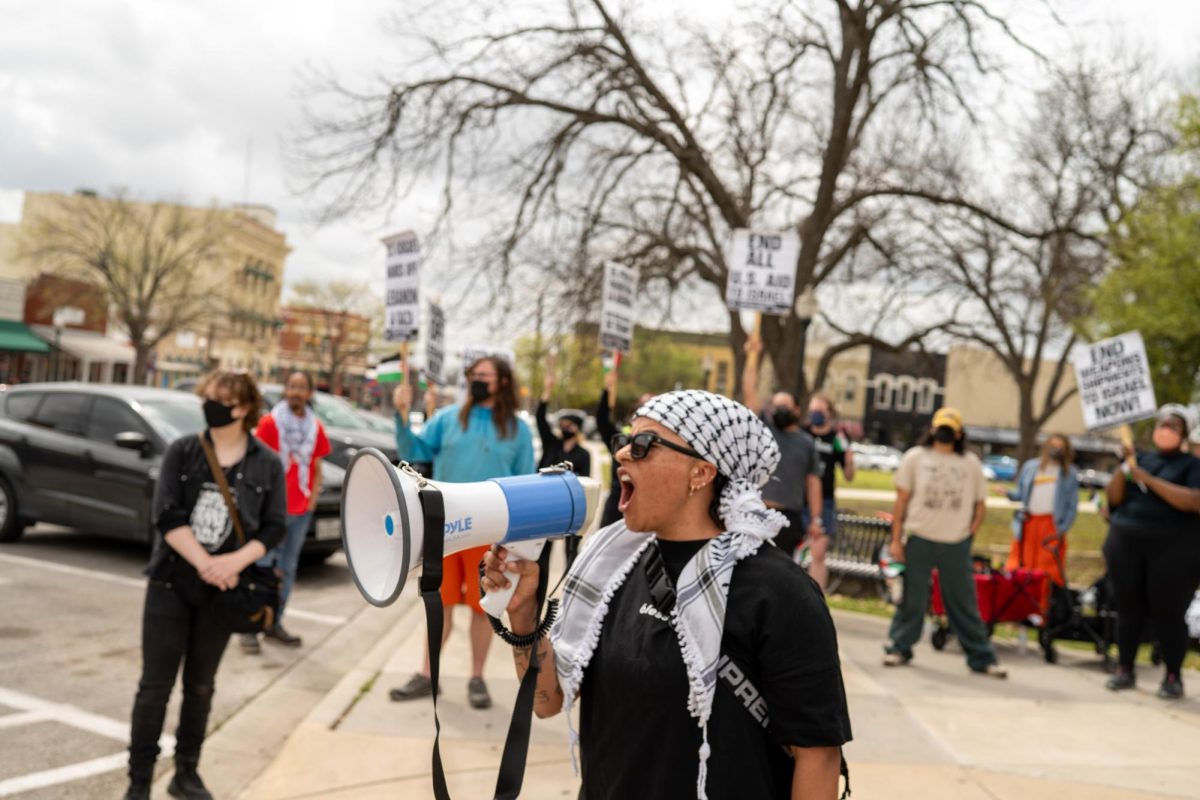In response to the school shooting that occurred at Robb Elementary School on May 24, officials throughout San Marcos and Hays County have been collaborating to improve safety in local schools.
On June 14, State Representative Erin Zwiener led a town hall meeting alongside a panel of San Marcos Police Department (SMPD) officers and district administrators to discuss Hays County’s overall efforts to protect children in schools.
In the weeks following the tragedy in Uvalde, Gov. Greg Abbott directed the Texas Education Agency (TEA) to mandate a new set of school safety standards. San Marcos CISD is teaming with local law enforcement and district 45 legislation to ensure these safety procedures are in place.
“There have been funds invested in school hardening, though I’m sure ISD folks would agree it’s not enough for us to actually do what it seems like state leadership expects us to,” Zwiener said.
School hardening has become a common term used to define state efforts to add more forms of advanced security within schools. Doug Wozniak, San Marcos CISD director of school safety and security, is in charge of the district’s security training and safety procedures.
“At the beginning of the year, every staff member in the district is trained by me and SMPD officers for two hours on standard response protocol procedures,” Wozniak said. “These include lockdown drills, Avoid Deny Defend training and threat assessment classes for teachers.”
According to Wozniak, Hays County is unique because as a whole, the different school districts speak the same “language” in regards to their standard response protocol.
Tragedies involving school shootings have shown there is a lot of missing language that educators and enforcement don’t understand. This new training allows for administration, law enforcement and educators to be on the same page when it comes to language and phrases that may be used in a tactical situation.
These new additions to training procedures are up to school districts within Texas individually, including what they do with money allocated to school hardening statewide. The new set of safety standards being discussed by the legislation includes “in-person unannounced intruder audits” on schools.
“Hays County has been communicated with directly to make sure our administration, central office and law enforcement know they’re coming to do these audits,” Wozniak said. “They’ve assured us the visits aren’t going to create a situation where we think it’s an actual attack where we have to get police involved, but we don’t really know what it’s going to look like once they’re inside.”
Surprise safety checks and walk-throughs are already procedures Wozniak implements within the district. Enlisting strangers in non-threatening ways to see if they can access the building, as well as door knocking, has proven to be effective learning experiences for teachers and students.
When it comes to state-level improvements, Wozniak and San Marcos Chief of Police Stan Standridge have been working with representatives to see what can be done on a larger scale.
At the forefront of the district’s collaboration with law enforcement is Assistant Chief of Police Bob Klett who has been involved in the public safety of San Marcos since 1986.
“On behalf of my chosen profession in law enforcement, we need to do better than what we did in Uvalde,” Klett said. “We dropped the ball there and are committed to doing better and learning from those kinds of events.”
Following the Uvalde tragedy in which two teachers and 19 children were shot and killed, Klett has made it clear that SMPD’s partnership with the school district is a strong one.
“Our law enforcement has partnerships with the advanced law enforcement rapid response training programs and Texas school safety centers,” Klett said. “Both are based in San Marcos which provide us with tools that help us all together as a community to make things better for our kids here on our campuses.”
Standridge, who is also the former president of the Texas Police Chiefs Association, is set to meet with the organization’s current president to address a special committee to discuss issues such as social media, firearm safety, school safety and police training.
Researching effective security tactics such as metal detectors and asking whether it will truly help or just make people feel better is something the district is taking seriously. According to Wozniak, about $200,000 worth of camera upgrades have been made and additional grant money has been used to upgrade school maps that show tactical grids.
“I wanna say probably 90% of everything being talked about mandating is something we’re already doing,” Wozniak said. “The biggest question is are these procedures actually effective or are they just for peace of mind?”
Mental health support within the district falls under the category of programs the state seems to be falling short of. According to San Marcos ISD’s director of social-emotional learning and guidance, April Chapman, the district wants to reduce the stigma around mental health and bring it to the forefront within schools.
“We try to be intentional with training that we do for staff, so we include trauma and mental health training every year because we want teachers to understand what it means and how to look for signs,” Chapman said. “We want to make sure our students are developmentally appropriate to have these conversations surrounding mental health.”
The district has been ordered a grant by the TEA, allowing them to have three mental health clinicians available to students. These clinicians will either be licensed professional counselors or licensed master school counselors, which provides a higher level of care than a regular school counselor could.
This additional layer of support partnered with telemedicine, which provides students with free sessions to diagnose and provide prescriptions, is a step in the right direction toward providing students with proper mental health care.
Mental health accessibility is just one of many issues districts have been pushing for over the past month. Representative Zwiener touched on the importance of pushing for raising the age of purchase of a semi-automatic weapon from 18 to 21, and how school hardening should include teaching safe storage of weapons and other gun safety courses.
“One of the gun-safety measures that has the most traction right now is closing the background check loophole for private sales,” Zwiener said. “I’m confident in this school district’s ability to be proactive in regards to making change.”
Categories:
San Marcos ISD responds to Abbott’s new school safety standards
Katie Smith, News Contributor
June 29, 2022
0
Donate to The University Star
Your donation will support the student journalists of Texas State University. Your contribution will allow us to purchase equipment and cover our annual website hosting costs.
More to Discover




